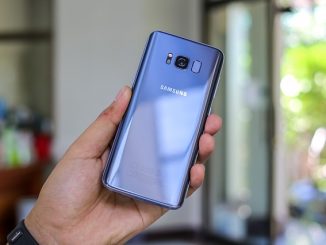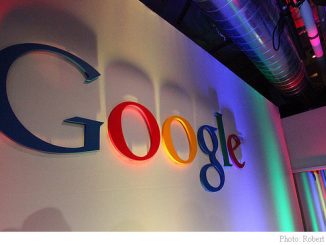
Imagine having a smartphone that gives you the option of expanding its screen size whenever you feel like. This is the kind of breakthrough that OLED technology is offering and the business world is taking notice. Enter “Honeycomb Asset Management”, a New York based hedge fund which has returned more than 12% after fees so far this year in its Class A shares. Launched only a year ago by Steve Cohen protégé, David Fiszel, the investment firm which invests in the consumer sector and technology, media and telecommunications is looking to sustain its returns in part with investments in the remarkable potential that OLED technology seems to offers.
OLED , or “Organic Light Emitting Diodes”, are carbon based panels that emit light when applied with electricity. Discovered back in 1960, scientists were limited by the technology of their time and it was only in the past 20 years or so that researchers have been able to explore its potential. In its second-quarter letter to investors, Honeycomb which was able to quickly flag the technology and its potential; not only for big tech giants, but also the vision of how it can soon change the way people use their smart phones, expressed its intention to explore the unlimited possibilities in the advent of OLED technology application, noting that [via BI] “[OLED’s] properties enable them to emit crystal clear images without a backlight, which is required by traditional displays, making them more power efficient. This means OLED screens are paper-thin, flexible, foldable and can be applied on any surface from plastic to glass.”
Honeycomb also says that the technology goes beyond TVs.
“Imagine the ability to turn windows, walls, and even car tail lights into a working display… Some of these screens can unfold and double the size of your display allowing you to browse the internet and watch videos more comfortably while keeping your current phone size unchanged.”
Furthermore, the investment firm highlights in its letter to investors OLED’s significance to social media and other online platforms citing the potential for increase in income from additional streaming hours and mobile video advertising. That means that the likes of YouTube, Netflix, Google and Facebook are more likely to get affected by the technology.
According to Honeycomb, Alphabet’s YouTube “already has 1.5 billion daily active users currently spending 40 minutes per day on the site, streaming a total of 1 billion hours per day. Netflix watchers are currently streaming 1 billion hours per week. Both platforms may see a significant increase in viewing hours in a world with bigger, foldable smartphone screens.”
Google and Facebook – “Historically, there was a negative impact on advertising rates and conversion from the desktop to mobile transition when screen sizes got smaller. OLED devices could reverse this trend by allowing more potential surface area to advertise. In this scenario, we believe consensus estimates are dramatically underestimating the potential for advertising revenue growth in the future especially given video advertising rates are much higher than click-through links.”
Honeycomb also made its long position known in the shares of Applied Materials, Inc. (NASDAQ:AMAT), a supplier of semi conductor capital equipment, saying the name, a leading supplier in the OLED space, is underappreciated by the market because OLED-related sales represent a minority of AMAT’s revenues for the moment – something that Honeycomb would want to see improving alongside a favorable response from investors on their campaign for OLED technology. AMAT by the way last traded in the mid $46 level. Ticker has gained more than 14 points year-to-date.
The fund reemphasized their optimism for the technology by quoting Goldman Sachs’ forecast on the growth of the OLED market to $46 billion by 2020, which is three times its current size. Another report made at the end of 2016 projected that the OLED industry would grow to $42.11 billion by 2021 which meant a projected compound annual growth rate of nearly 15% from $18.37 billion in 2015. It goes without saying that the trend is favorable, which is no doubt a reflection of the market recognizing the seemingly endless application of OLED technology.
Reference: Business Insider
- Bulenox: Get 45% to 91% OFF ... Use Discount Code: UNO
- Risk Our Money Not Yours | Get 50% to 90% OFF ... Use Discount Code: MMBVBKSM
Disclaimer: This page contains affiliate links. If you choose to make a purchase after clicking a link, we may receive a commission at no additional cost to you. Thank you for your support!




Leave a Reply